MONDAY MORNING DEBRIEF: How did Mercedes come so close to pulling off a one-stop strategy?


Until the Lap 47 Virtual Safety Car for Yuki Tsunoda’s AlphaTauri to be retrieved, Mercedes’ one-stop strategy versus Red Bull’s two-stop had set up a fascinating contest.
The pace of Lewis Hamilton and George Russell on the hard tyre they used for the second stint was so much stronger than Red Bull had anticipated. It was set to see Verstappen re-join from his second stop behind both Mercedes and chasing them down on his newer tyres. Could he catch and pass them both before the end?
That was a spectacle we were denied, but circumstances provided a different one instead. The VSC effectively destroyed the one-stop strategy from playing out and Mercedes were obliged to switch to a two-stop.
But just what had decided Mercedes upon their unusual strategy in the first place?
Several factors. Around Zandvoort, the Mercedes W13 was genuinely competitive with Red Bull and Ferrari for the first time. Sure, it was on pole in Hungary but that was circumstantial on a day when no Red Bull ran a proper Q3 lap and the Ferraris were having tyre trouble.
The reality was that in Hungary, Mercedes were still around 0.5s off the pace. But at Zandvoort they were not. They were perhaps 0.2s off the ultimate pace here at most. Which put them in interesting territory usually out of reach.
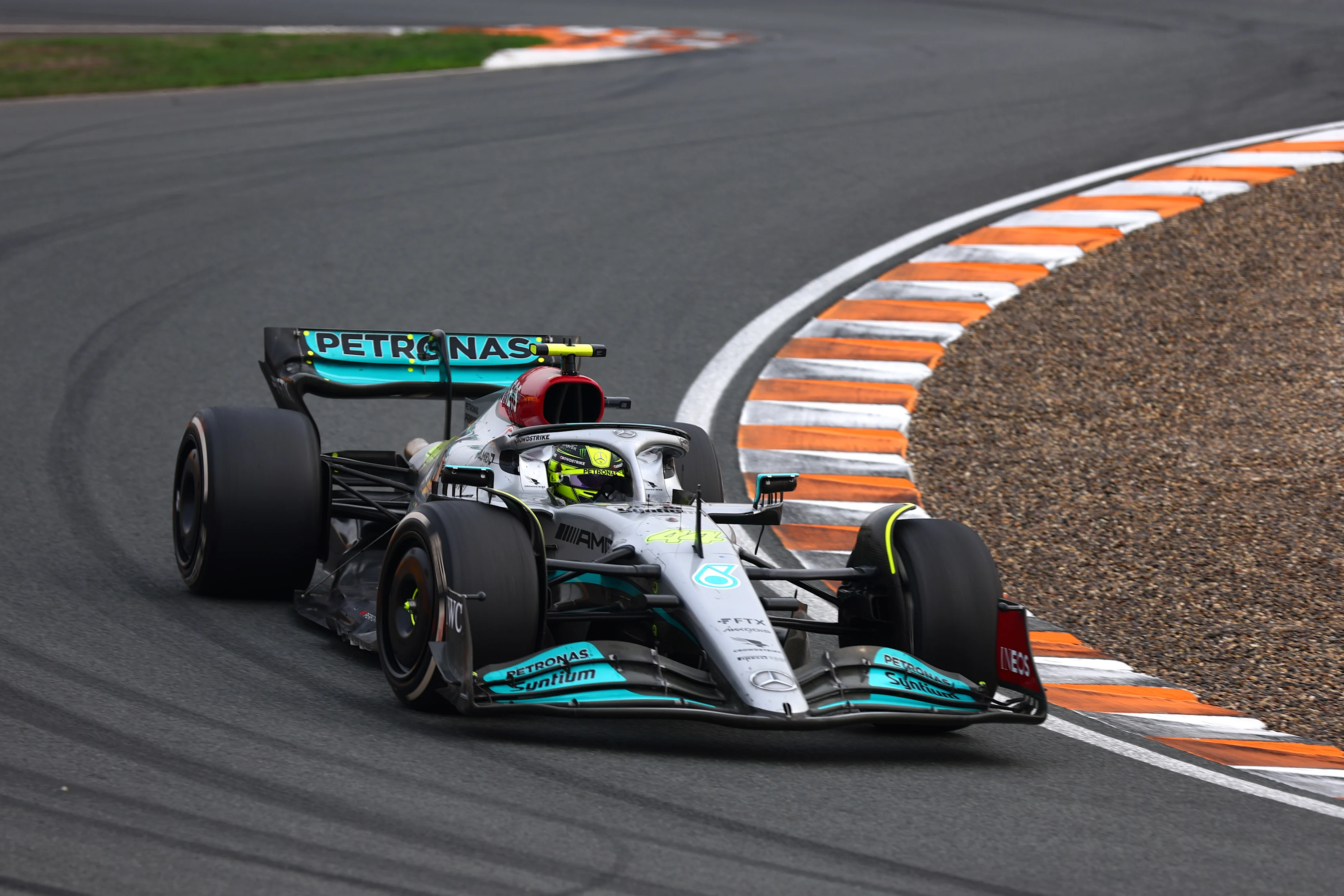
It meant, for example, that just a bit of traffic on Verstappen’s final Q3 out-lap and how that compromised his first sector tyre temperatures, plus Charles Leclerc’s over-commitment into T10, gave Lewis Hamilton a sniff of pole.
Despite being significantly down at the end of sector two, a fantastic run through the chicane meant Hamilton was 0.1s up on Verstappen going into the final corner. But that lap had to be abandoned as yellow flags came out for Sergio Perez’s accident, leaving Hamilton on the second row and George Russell on the third row.
But the important point was that Mercedes were in a position to mix it at the front, close enough on outright pace that with just a small tweak of circumstances, they could compete with two teams usually out of reach. Mercedes decided to be bold with their strategy because from fourth and sixth on the grid, they weren’t going to beat Verstappen and the Ferraris by doing the same thing.
With pretty much everyone planning around a two-stop race because of the high thermal degradation rates this circuit imposes on the tyres, Mercedes began looking at the feasibility of one-stopping. The W13 car is kind on the tyres anyway and perhaps that could be used as a decisive weapon rather than the usual damage limitation. But to make the one-stop work would require the use of the hard tyre – which for here was the C1, the hardest tyre in the Pirelli range.
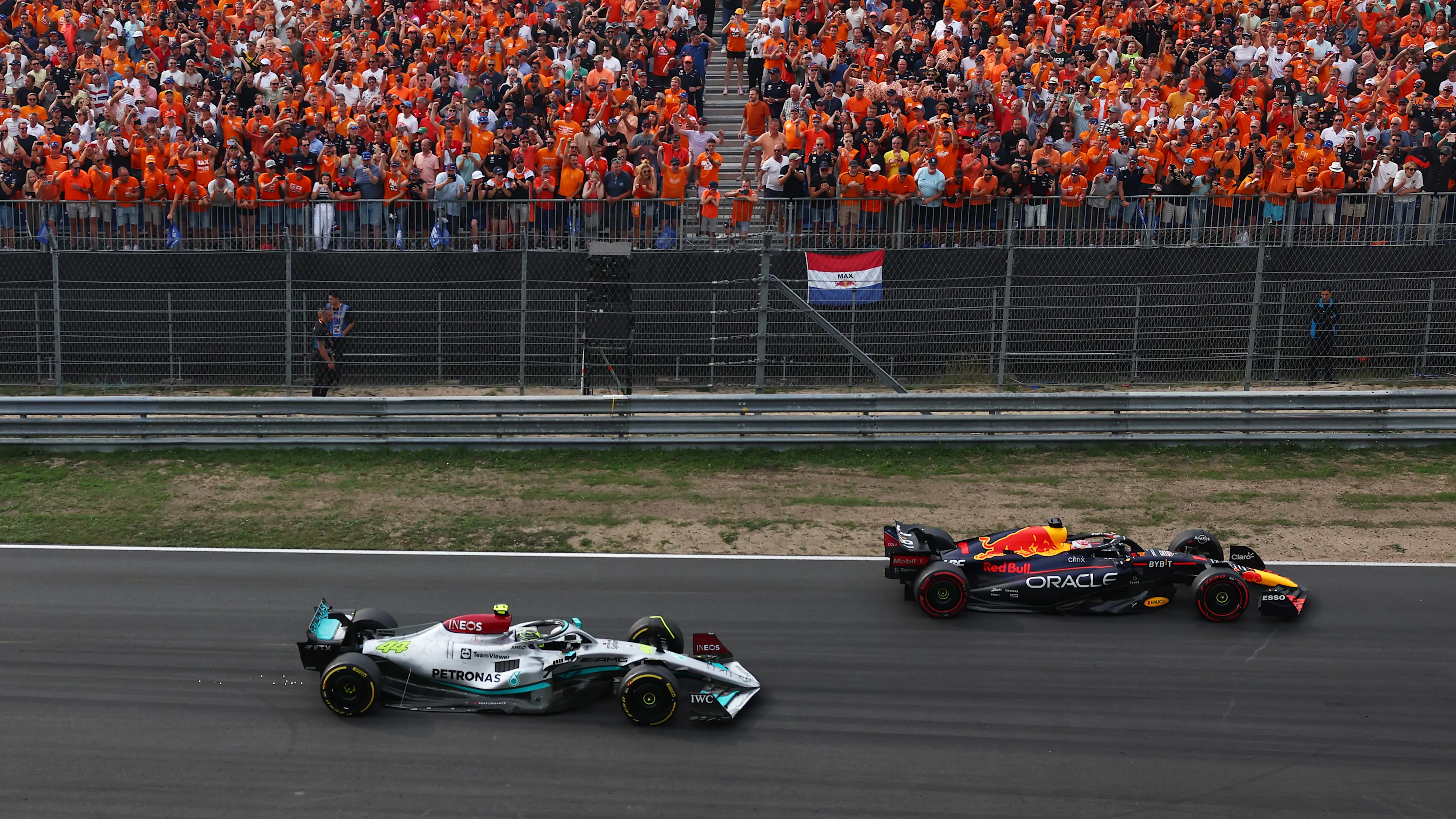
It was deemed just too hard by almost everyone, but not by Mercedes (or Alpine, incidentally). For Red Bull it seemed just too slow a tyre to make a one-stop work and after trying it in FP1, they abandoned it. But George Russell did a couple of stints on the only spare set (teams are allocated two sets of hards at the beginning of the weekend) and felt it wasn’t bad at all.
Combine that with how the Zandvoort circuit was gripping up so quickly through the weekend and the hard was not over 1s off the pace of the medium, as it had initially looked to be. The working theory at Pirelli about the big track evolution is that the fine layer of sand on track at the beginning of the weekend ensured that the grip increased way more than normally as the cars cleaned it up.
So, the hard tyre’s deficit to the medium was maybe only around half what it had initially looked – at least on the Mercedes. Verstappen has a theory about why that tyre might work better on the W13 than on his car. “[The C1 and C2] are very stiff and they just didn't seem to really switch on for us as good as they did for [Mercedes].”
Whatever, it meant that the one-stop, beginning on mediums and switching to hards after about 30 laps, looked a very viable strategy and Mercedes committed to it for both cars. The strategy was looking really good after the two-stoppers made their first visit to the pits to swap their softs for mediums. Hamilton and Russell were running first and second, with good pace to comfortably reach their Lap 30 target.
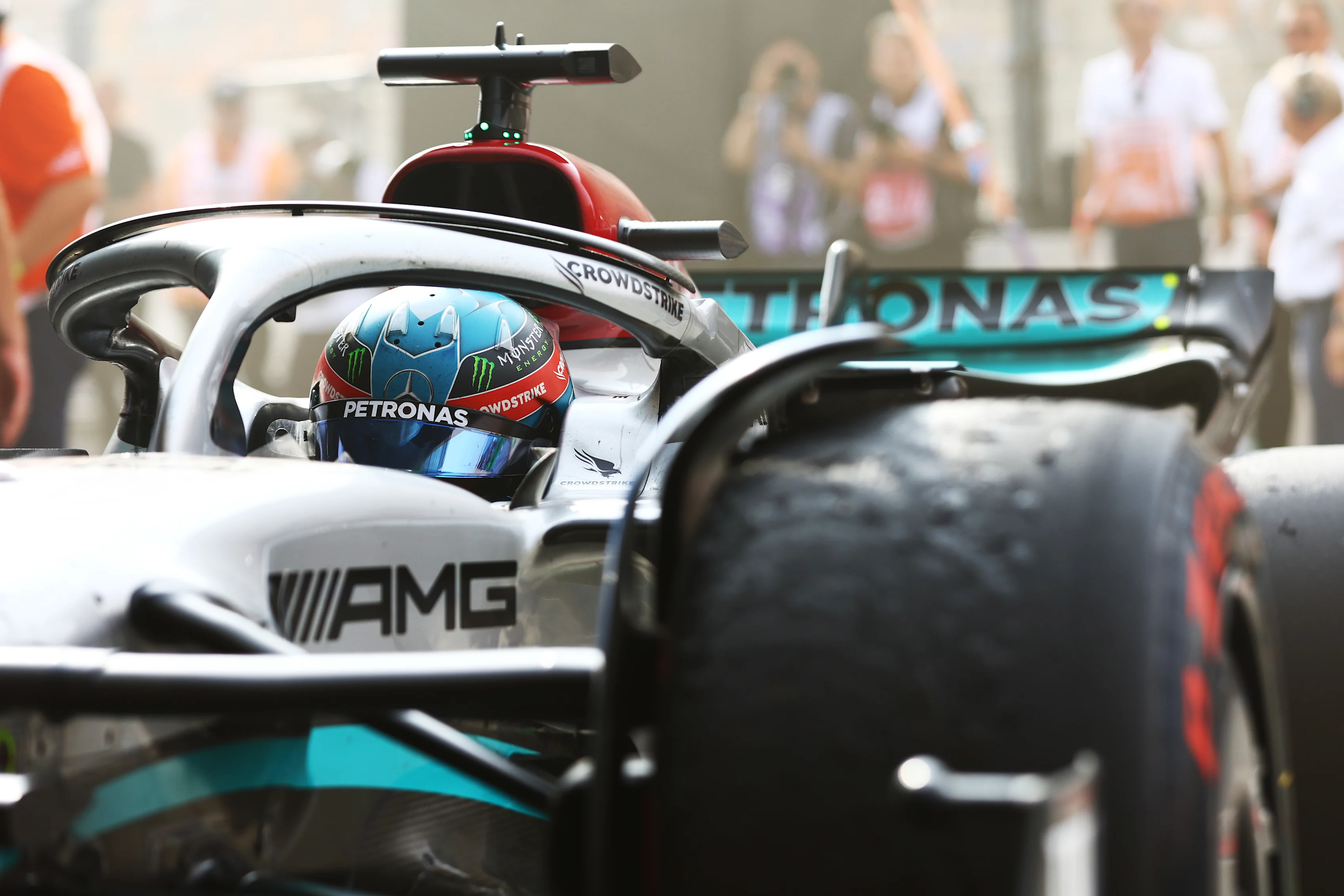
Once onto the hards, their pace was even stronger than they were expecting – and Hamilton, with no more stops to make, was soon within Verstappen’s pit stop window. Verstappen was not far enough clear to remain ahead after making his second stop. A few more laps and Russell too was set to be ahead of the Red Bull after it pitted.
So, Verstappen – looking to run long enough on his mediums to get onto a set of softs at his second stop – was going to have to catch and overtake both Mercs on track. It was doable but not a given. Red Bull’s numbers afterwards suggested he’d have passed them and won by around 15s. The numbers at Mercedes suggested a smaller margin, but still with Verstappen winning.
But just making Verstappen fight for it – and leaving the tyre-struggling Ferrari of Leclerc behind – would have represented a triumph of strategy for Mercedes. Not bad for the third-fastest car. It was set to give Mercedes a fighting chance, which they likely wouldn’t have had on a two-stop strategy.
The Tsunoda VSC rendered it all irrelevant – but there’s no planning for that.
READ MORE: What the teams said – Race day in the Netherlands
Next Up
Related Articles
 WATCH: F1 Animated returns for a look back at 2025
WATCH: F1 Animated returns for a look back at 2025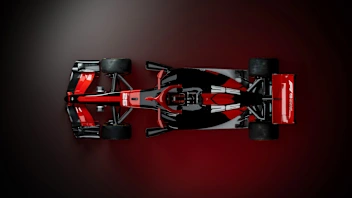 Everything you need to know about F1's new rules for 2026
Everything you need to know about F1's new rules for 2026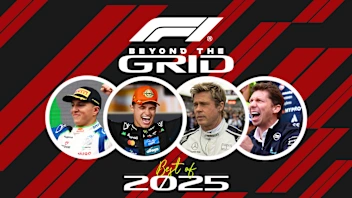 Beyond The GridThe best of 2025, from Norris’ evolution to Brad Pitt’s ‘need for speed’
Beyond The GridThe best of 2025, from Norris’ evolution to Brad Pitt’s ‘need for speed’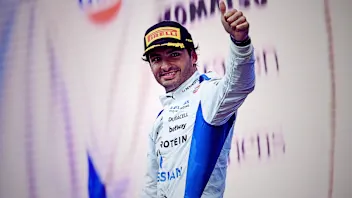 ExclusiveWhy Sainz feels ‘vindicated’ after his first Williams year
ExclusiveWhy Sainz feels ‘vindicated’ after his first Williams year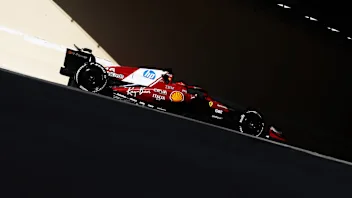 Ferrari confirm launch date for 2026 campaign
Ferrari confirm launch date for 2026 campaign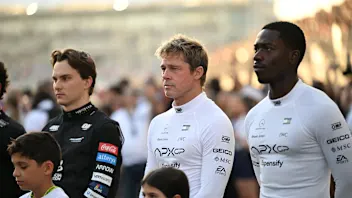 ExclusiveHow APXGP was brought to life by costume designer Julian Day
ExclusiveHow APXGP was brought to life by costume designer Julian Day